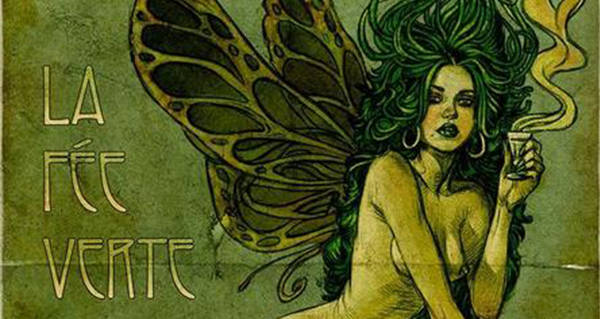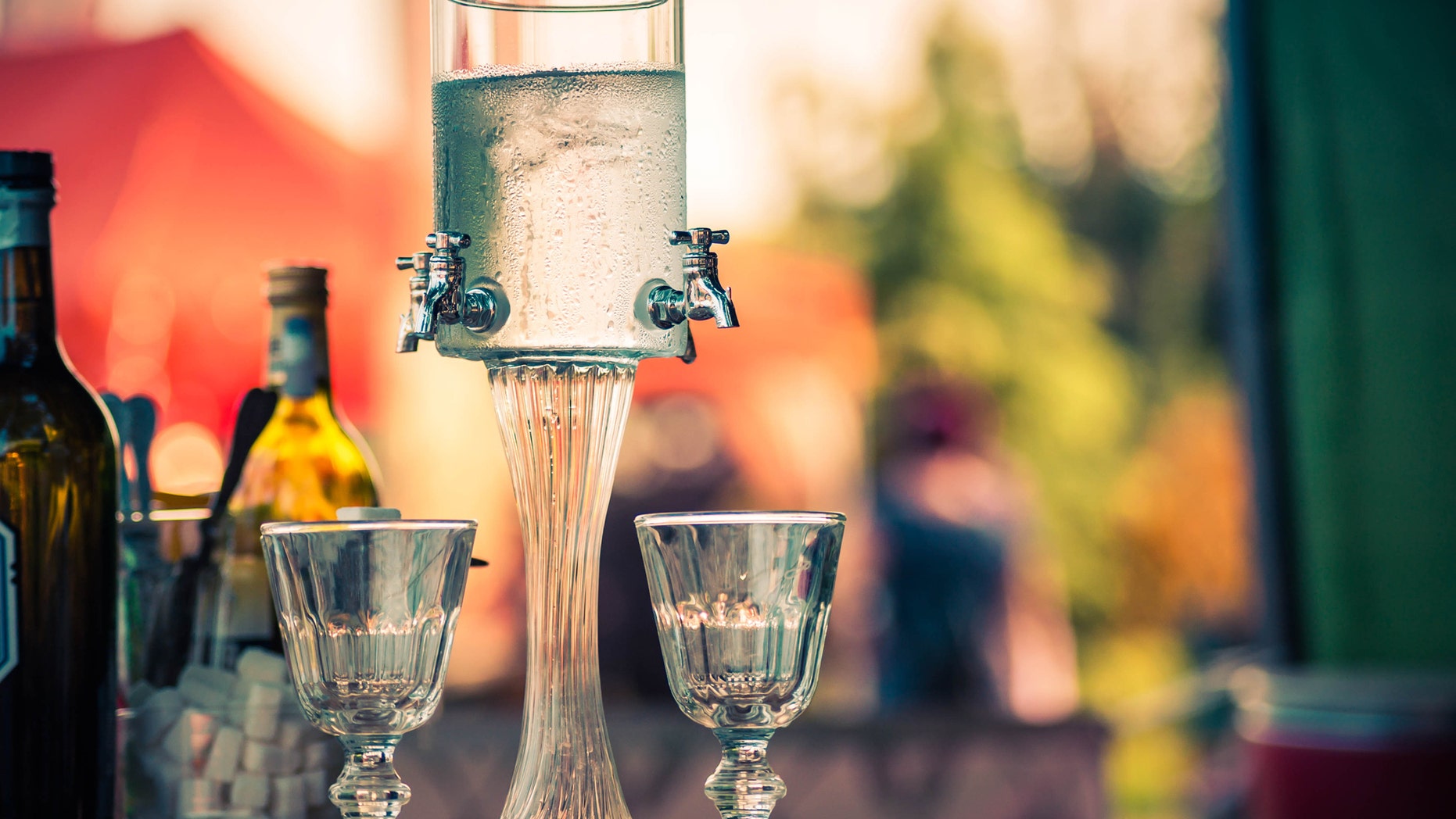

The lower dose showed no noticeable effect. The high dose had a short term negative effect on attention performance. The researchers administered 0.28 mg/kg thujone in alcohol, 0.028 mg/kg in alcohol and just alcohol to their subjects. The LD 50 dose in humans is not known however a study in the "Journal of Studies of alcohol" tested attention performance with low, and high doses of thujone in alcohol. This study also found alpha-thujone was quickly metabolized in the mouse's liver. These findings are in line with other GABA antagonists.


Pretreatment of diazepam, phenobarbital or 1 g/kg of ethanol protected against a lethal 100 mg/kg dose. From 30 to 45 mg/kg the mice would experience muscle spasms in the legs which progressed to general convulsions until death or recovery. Those exposed to the higher dose had convulsions that led to death in 1 minute. Ī toxicology study of alpha-thujone, the more active of the two isomers, in mice found the median lethal dose, or LD 50, is around 45 mg/kg, with 0% mortality rate at 30 mg/kg and 100% at 60 mg/kg. By inhibiting GABA receptor activation neurons may fire more easily which can cause muscle spasms and convulsions. This is known to be false today and studies show thujone does not activate these receptors. Thujone is found in a number of plants, such as arborvitae (genus Thuja, hence the derivation of the name), Nootka Cypress, some junipers, mugwort, sage, tansy and wormwood, most notably grand wormwood ( Artemisia absinthium), usually as a mix of isomers in a 1:2 ratio.įor many years thujone was thought to act on the cannabinoid receptors similar to THC based on studies that only looked at the molecules' shapes.


 0 kommentar(er)
0 kommentar(er)
